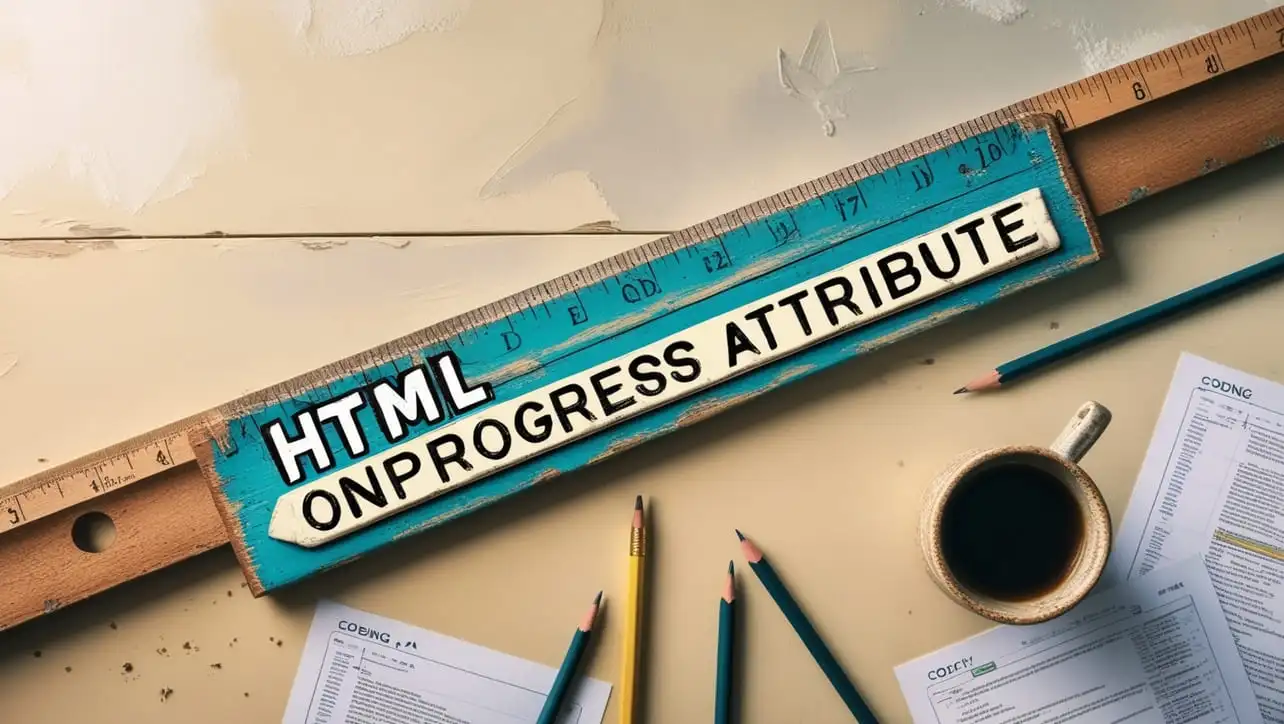
HTML Topics
- HTML Intro
- HTML Basic
- HTML Editors
- HTML CSS
- HTML Tags
- HTML Deprecated Tags
- HTML Events
- HTML Event Attributes
- HTML Global Attributes
- HTML Attributes
- abbr
- accept
- accept-charset
- accesskey
- action
- align
- alt
- archive
- as
- async
- autocapitalize
- autocomplete
- autofocus
- autoplay
- axis
- bgcolor
- border
- cellpadding
- cellspacing
- char
- charoff
- charset
- checked
- cite
- class
- classid
- codebase
- codetype
- color
- cols
- colspan
- compact
- content
- contenteditable
- controls
- coords
- crossorigin
- data
- data-*
- datetime
- declare
- default
- defer
- dir
- dirname
- disabled
- download
- draggable
- enctype
- enterkeyhint
- for
- form
- formaction
- formenctype
- formmethod
- formnovalidate
- formtarget
- frame
- frameborder
- frameset
- headers
- height
- hidden
- high
- href
- hreflang
- hspace
- http-equiv
- id
- inert
- inputmode
- ismap
- kind
- label
- lang
- list
- loop
- low
- max
- maxlength
- media
- method
- min
- multiple
- muted
- name
- novalidate
- onabort
- onafterprint
- onbeforeprint
- onbeforeunload
- onblur
- oncanplay
- oncanplaythrough
- onchange
- onclick
- oncontextmenu
- oncopy
- oncuechange
- oncut
- ondblclick
- ondrag
- ondragend
- ondragenter
- ondragleave
- ondragover
- ondragstart
- ondrop
- ondurationchange
- onemptied
- onended
- onerror
- onfocus
- onhashchange
- oninput
- oninvalid
- onkeydown
- onkeypress
- onkeyup
- onload
- onloadeddata
- onloadedmetadata
- onloadstart
- onmousedown
- onmousemove
- onmouseout
- onmouseover
- onmouseup
- onmousewheel
- onoffline
- ononline
- onpagehide
- onpageshow
- onpaste
- onpause
- onplay
- onplaying
- onpopstate
- onprogress
- onratechange
- onreset
- onresize
- onscroll
- onsearch
- onseeked
- onseeking
- onselect
- onstalled
- onstorage
- onsubmit
- onsuspend
- ontimeupdate
- ontoggle
- onunload
- onvolumechange
- onwaiting
- onwheel
- open
- optimum
- pattern
- placeholder
- popover
- popovertarget
- popovertargetaction
- poster
- preload
- readonly
- rel
- required
- reversed
- rows
- rowspan
- sandbox
- scope
- selected
- shape
- size
- sizes
- span
- spellcheck
- src
- srcdoc
- srclang
- srcset
- start
- step
- style
- tabindex
- target
- title
- translate
- type
- usemap
- value
- width
- wrap
- HTML Comments
- HTML Entity
- HTML Head
- HTML Form
- HTML IndexedDB
- HTML Drag & Drop
- HTML Geolocation
- HTML Canvas
- HTML Status Code
- HTML Language Code
- HTML Country Code
- HTML Charset
- MIME Types
HTML onprogress Attribute

Photo Credit to CodeToFun
🙋 Introduction
The onprogress attribute in HTML is a powerful tool that enables developers to respond to the progress of certain events, particularly useful when dealing with resource loading, file uploads, or any process where progress tracking is essential.
This attribute is commonly used in conjunction with JavaScript to create dynamic and responsive user interfaces.
🎯 Purpose of onprogress
The primary purpose of the onprogress attribute is to specify a JavaScript function to be executed when the browser is in the process of loading or transferring data.
This can be crucial for providing real-time feedback to users regarding the progress of tasks such as file uploads, image loading, or AJAX requests.
💎 Values
The onprogress attribute takes a JavaScript function as its value. This function is executed periodically as the progress event occurs.
The function typically receives an event object, providing information about the progress, including the amount of data loaded and the total size.
<script>
function handleProgress(event) {
// Your code to handle progress
console.log(`Loaded ${event.loaded} out of ${event.total} bytes`);
}
</script>
<img src="example.jpg" onprogress="handleProgress(event)">📄 Example
Let's consider an example where the onprogress attribute is applied to an image element to track the loading progress:
<img src="example.jpg" onprogress="updateProgressBar(event)">🧠 How it Works
In this case, the updateProgressBar function will be called periodically as the image is being loaded, allowing you to update a progress bar or provide other visual feedback to the user.
🔄 Dynamic Values with JavaScript
Similar to the autocomplete attribute, you can dynamically set the onprogress attribute using JavaScript.
This is valuable when you want to conditionally attach progress handling based on user interactions or specific scenarios.
<script>
// Dynamically set onprogress for an image element
document.getElementById("dynamicImage").onprogress = function(event) {
// Your dynamic progress handling code
console.log(`Loading: ${event.loaded} out of ${event.total} bytes`);
};
</script>🧠 How it Works
In this script, the onprogress attribute is dynamically set for an image element with the id "dynamicImage." Adjust the event handling code based on your specific requirements.
🏆 Best Practices
- Use the
onprogressattribute when you need to provide real-time feedback on data loading or transfer processes. - Be mindful of the potential impact on performance, especially for large-scale data transfers.
- Always test your implementation across different browsers to ensure consistent behavior.
🎉 Conclusion
The onprogress attribute is a valuable tool for creating interactive and responsive web applications by allowing developers to track and respond to the progress of data loading or transfer events.
Understanding how to utilize this attribute in conjunction with JavaScript opens up possibilities for creating more engaging user experiences.
👨💻 Join our Community:
Author

For over eight years, I worked as a full-stack web developer. Now, I have chosen my profession as a full-time blogger at codetofun.com.
Buy me a coffee to make codetofun.com free for everyone.
Buy me a Coffee












If you have any doubts regarding this article (HTML onprogress Attribute), please comment here. I will help you immediately.